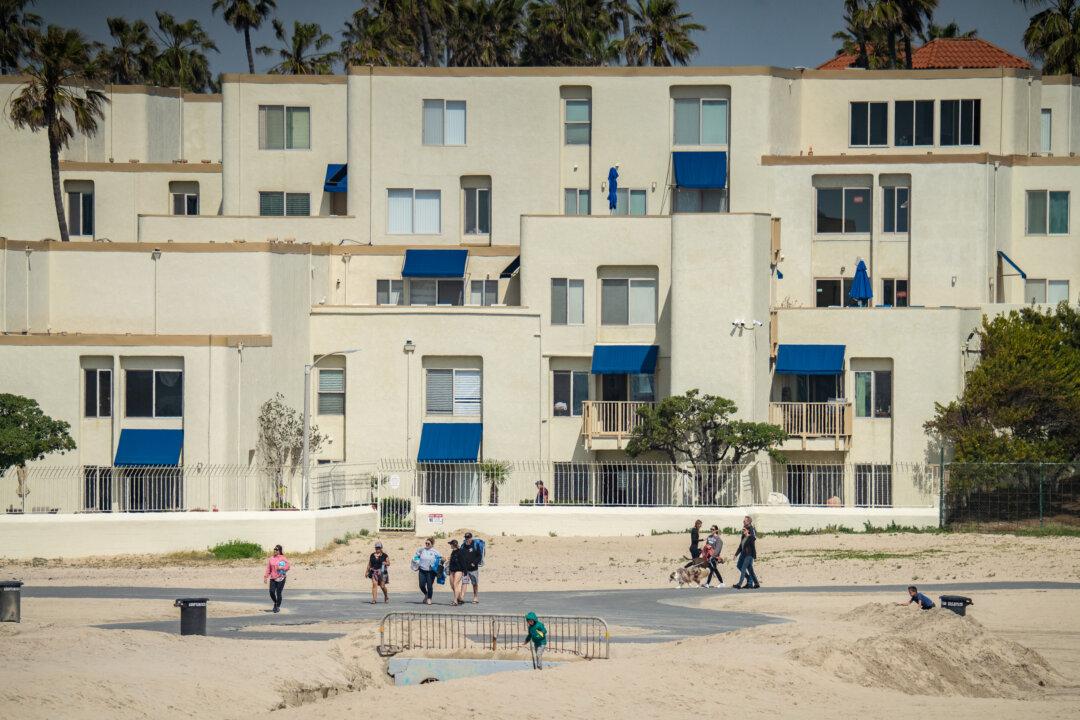Housing inventory hit record lows during the pandemic, and the United States has been playing catch-up ever since. With the need for more affordable housing, some who don’t want their single-family neighborhoods to become multi-family rental destinations have been pushing back against residential development in their areas. This “Not in My Back Yard” (NIMBY) pushback has put an enhanced focus on how many communities are zoned.
According to a recent analysis from Zillow, despite a construction boom in 2022—which resulted in 1.4 million units being completed—the nationwide housing shortage deepened, from 4.3 million homes in 2021 to 4.5 million. An additional 1.45 million homes were completed in 2023, but even without considering population growth, this increase still falls significantly short of addressing the housing deficit.





